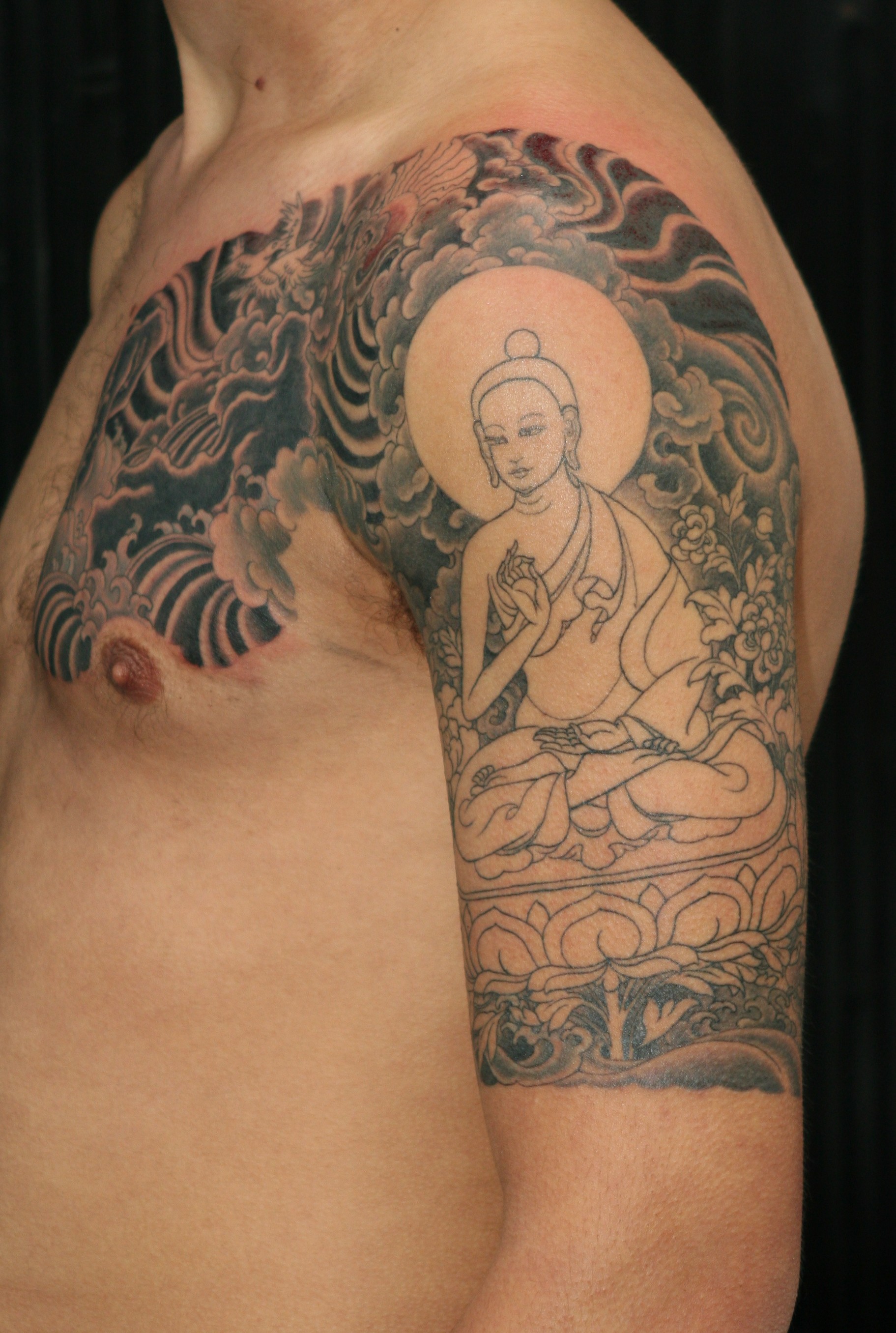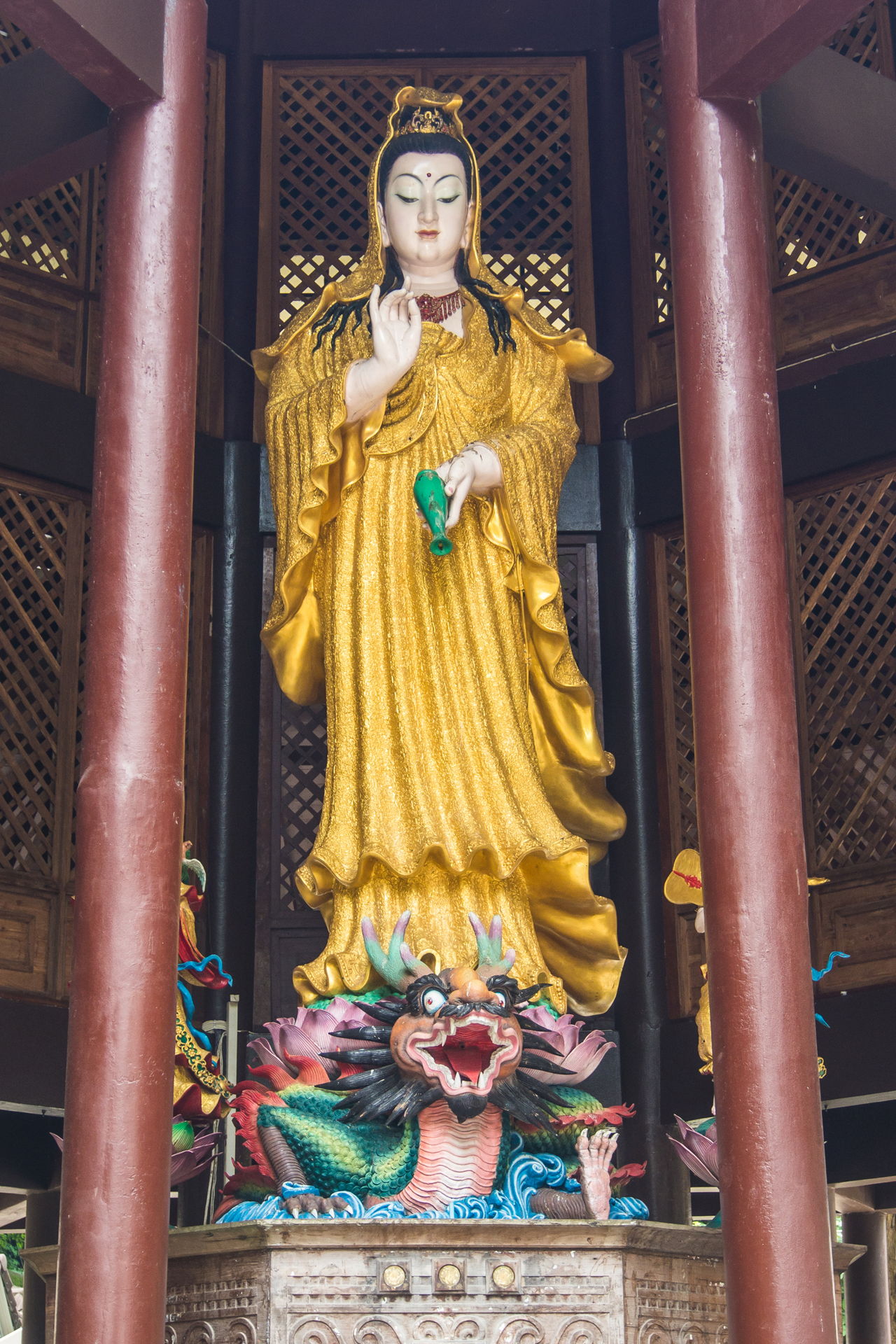
Mandala is the name of a buddhist or hindu mystic symbol of the universe that is represented as a circle (mandala literally means circle in sanskrit) enclosing a square and bearing images of deities. Also, it shows the protection from evil and dangers.

Other glyphs go a long way in symbolism freedom which has helped people with limited opportunities to see the world and be free from oppression.
Buddhism pictures and meanings. In the practice of buddhism, the symbol of the umbrella signifies that you can take refuge in the buddhist community. The lotus flower is a buddhist symbol for enlightenment. The most universal and easily recognized buddhist symbol is the image of the buddha seated in meditation.
Other glyphs go a long way in symbolism freedom which has helped people with limited opportunities to see the world and be free from oppression. For others, it exemplifies the deep inner peace and contentment they find in buddhism; On the same note, this symbol of the umbrella is generally recognized in many other traditions as a symbol of protection.
A symbol of happiness and freedom. The meaning of buddhism is a religion of eastern and central asia growing out of the teaching of siddhārtha gautama that suffering is inherent in life and that one can be liberated from it by cultivating wisdom, virtue, and concentration. Also, it shows the protection from evil and dangers.
When putting pictures of buddha in their homes, dedicated buddhists will place the picture in the most noteworthy conceivable spot as an indication of respect. Although there is no official symbol of buddhism, there are many different buddhist symbols used in various cultures. It very well may be seen engraved on the body, palms, chest, or feet of buddha pictures.
Instead, each image represents the spirit of the teachings of buddha. Thus, a few buddhists will see a tattoo of buddha on your thigh, leg, or foot as exceptionally insulting. It symbolized inner peace, humanity, and life.
An angel who is very pretty or beautiful: A symbol of the sound of dharma awakening beings to their buddha nature. Vinaya pitaka, sutra pitaka, abhidarma pitaka.
In buddhism, the swastika symbolizes the seal of the buddha’s heart and contains within it the entire mind of the buddha. The concept of inner peace being able to lift us is an important cornerstone of buddhism. The first child of the second husband:
The artists who create the statues must be in a state of spiritual connectedness in order to represent the spirit of the teachings of the buddha. A symbol of peace and harmony. In china, the insignia speaks to the number ten thousand (wan), which means limitlessness and propitiousness.
Thus, they are drawn to an image that symbolizes. In china, the swastika represents the number ten thousand (wan), meaning infinity and auspiciousness. A symbol of the buddha teaching the dharma.
In buddhism, the symbol represents the seal of the buddha�s heart and contains inside it the whole psyche of the buddha. In this way, these icons possess a soul or a spirit. Buddhism is a religion that was founded by siddhartha gautama (“the buddha”) more than 2,500 years ago in india.
Eight auspicious symbols of buddhism. With about 470 million followers, scholars consider buddhism one of the major. Learn about common ones, where they come from, and what they represent.
Among all the symbols in buddhism, the lotus flower is the most famous and widely recognized of the peace symbol images. It can be seen imprinted on the body, palms, chest, or feet of buddha images. Found throughout buddhist texts and carrying spiritual meanings, elephants are treated as royalty in their incarnations all throughout india and southeast asia, where buddhism thrives.
Many buddhist symbols depict spiritual power which has influenced more recent religions in finding the will to protect themselves from harm and evil. Mandala is the name of a buddhist or hindu mystic symbol of the universe that is represented as a circle (mandala literally means circle in sanskrit) enclosing a square and bearing images of deities. For many buddhists, the image represents their greatest aspirations, ideals, and potential.
It is used as an object in which.